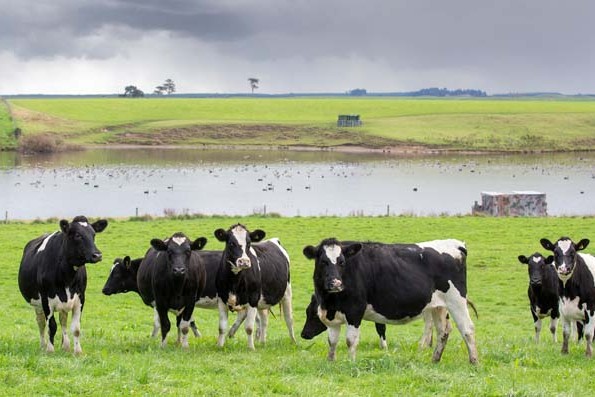Supplying China’s growing demand for a variety of dairy products is not to be shied away from, writes AgriHQ dairy analyst Susan Kilsby.
The question is often mooted: ‘Are we too exposed to China?’ But should our dairy industry be looking to increase its exposure to China?
Compared to New Zealand’s other agricultural sectors the dairy industry exposure to China is low. China accounts for 40% of the lamb and mutton exported from NZ.
The forestry sector has even higher exposure to China with 75% of the pine logs exported last year being shipped there – primarily to box concrete in building construction.
The beef industry shipped 46% of its product to the United States and 21% to China in 2017. Returns on a per tonne basis were higher into China than into the US. The US is widely regarded as the world’s largest economy accounting for about a quarter of the gross world product – that’s the GDP o f all countries added together. Growth rates recorded for GDP over the past decade have been two to three times greater for China than the US.
This is one of the reasons why China’s demand for protein – whether it be dairy or beef – is growing so rapidly.
Last year China accounted for 35% of the whole milk powder exported from NZ and 27% of our total dairy exports.
Within a sector, exposure to a single market can be managed by selling a range of products. NZ sells a lot of different dairy products to many different buyers in China. The product mix will continue to evolve with the general trend moving from low-value commodities to higher-value more consumer-oriented goods.
By managing the product mix and the clients exposed – exporters can manage market risk.
Unlike NZ the agricultural sector in China is not connected. Here if you want to know what is happening at the other end of the country you simply get on the phone and make a few calls – someone you know will put you in touch with someone else and everyone tends to be open and honest with the information they give out.
In China that simply isn’t the case. The size of the country and its cultural diversity means it is more like a group of countries. Just as you wouldn’t contact someone in Poland and expect them to know what is happening in France you wouldn’t expect someone in Shanghai to know what was happening in Hohhot.
There are also significant cultural differences between the trusting nature of New Zealanders and the more cautious nature of the Chinese. At present most of the dairy produce NZ exports to China is whole milk powder (WMP). This WMP basically fills the shortage in China’s domestic milk supply. It is used in a variety of formats including in the production of yoghurt, sold to consumers to make into liquid milk, and some is used in infant formula. Demand for dairy protein is especially high among the very young and the very old as it is considered a good source of nutrition. The major growth categories in recent years have been in dairy fats. Cheese –mainly used in western style fast food chains – is one of the big growth categories. Cream and butter demand is high in food service where it is used in a variety of ways. Exquisite, highly decorative cakes are very popular with wealthy consumers.
Chinese consumers are very wary of food safety – they must be if they want to survive. Those who can afford products that come from reputable sources, which often means trusted global brands, tend to favour these over less well-known products. Consumers in China are extremely well-connected in the cyber sense. Consumers are highly reliant on product reviews from other consumers and tend to research their purchases well before buying either online or from a shop.
By increasing our exposure to higher value consumer goods in China, demand for our products becomes more aligned with consumer demand rather than simply filling the gaps in China’s own domestic milk supply. That gap is expected to persist.
Producing milk in China is expensive, so this market will always be reliant on imports.





